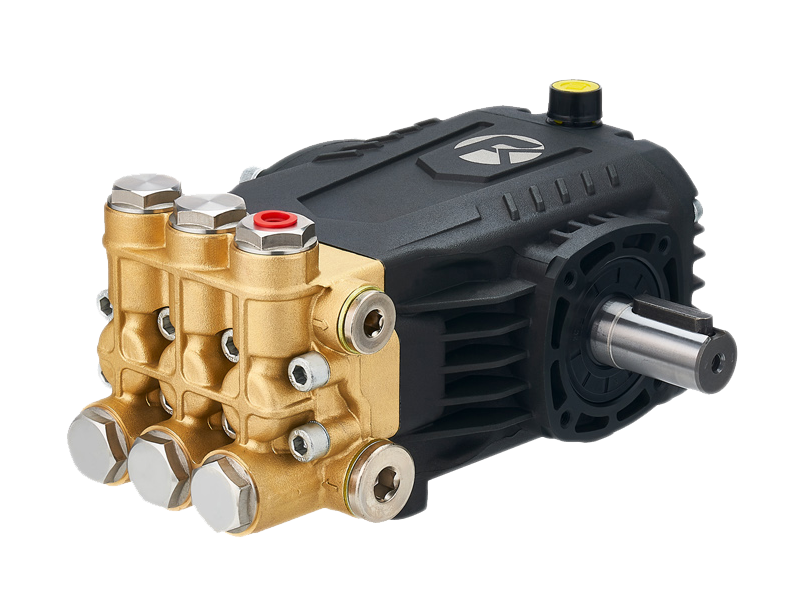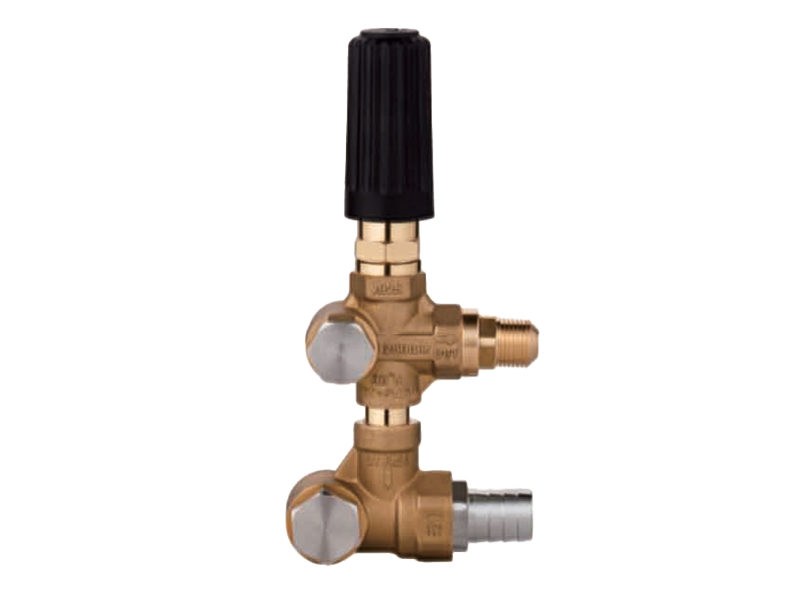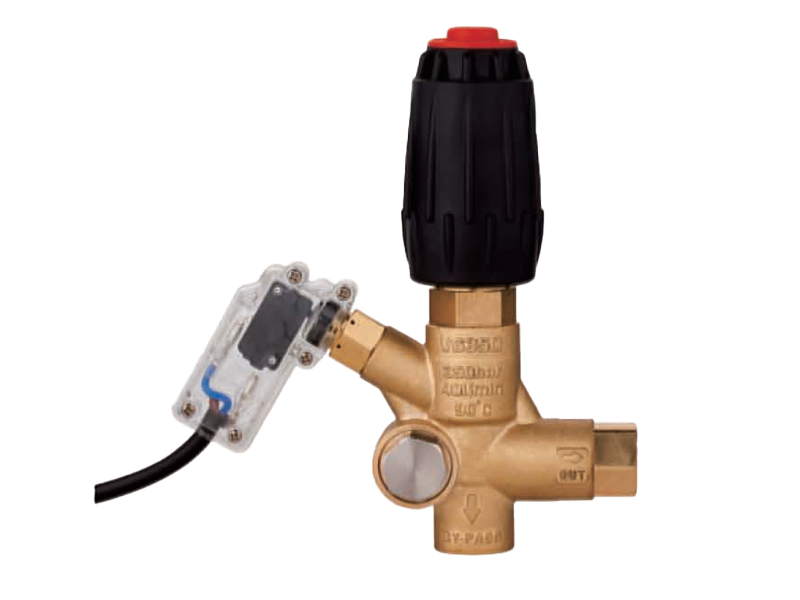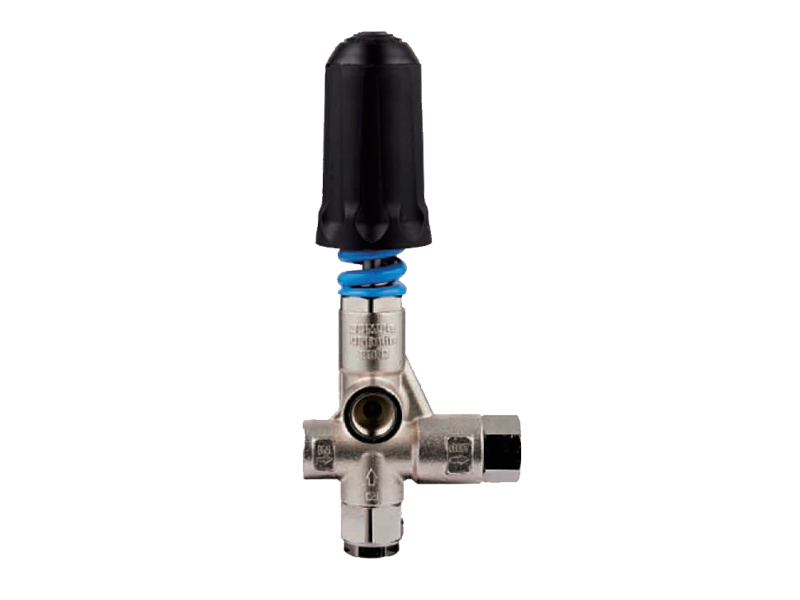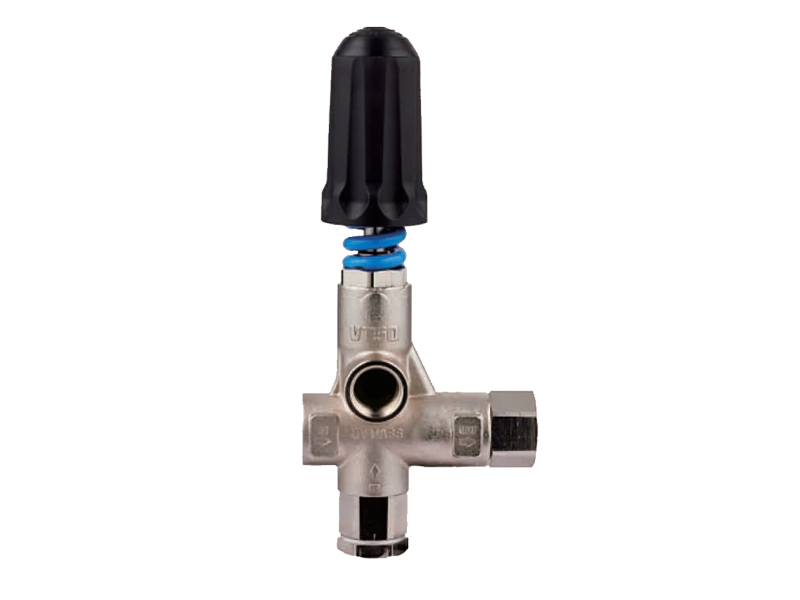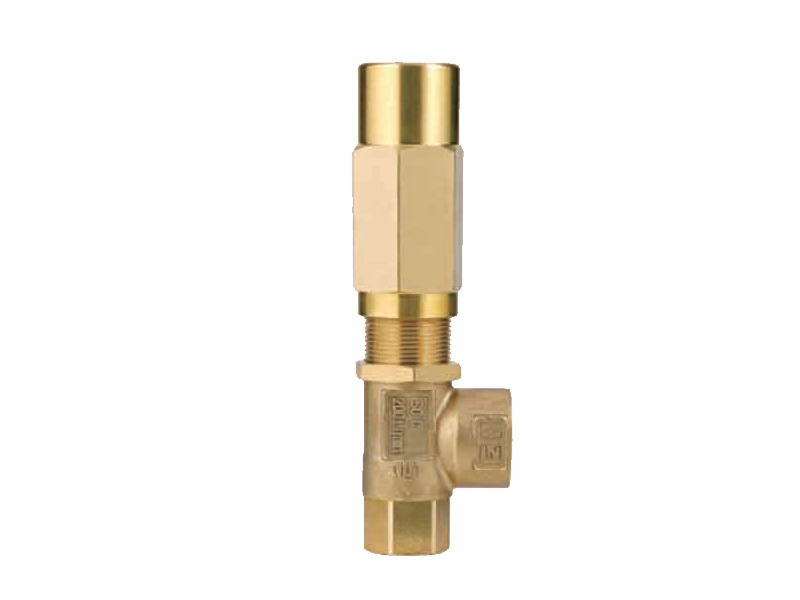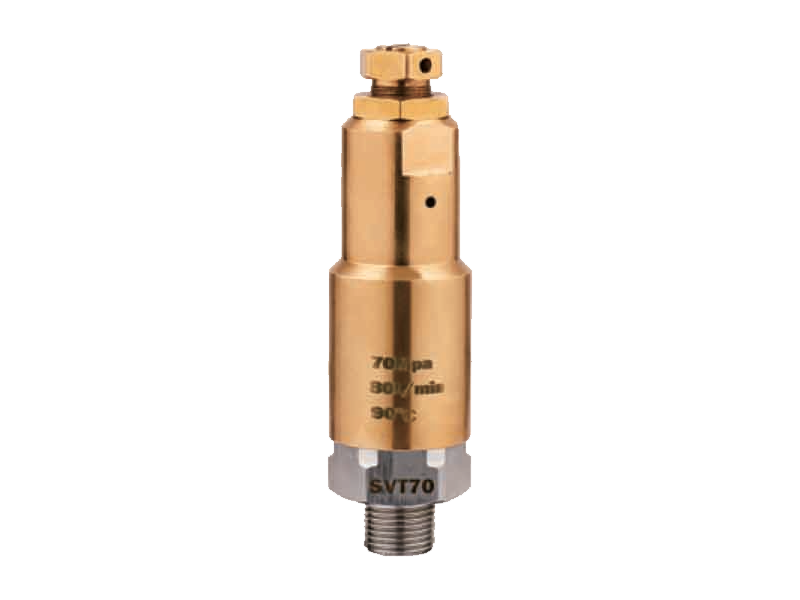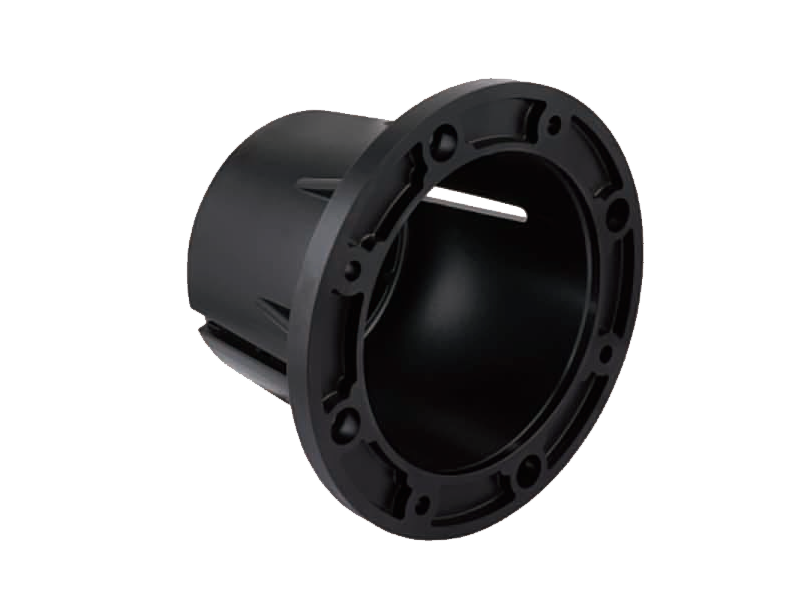Analyzing the Stability of Flow Output of High Pressure Pumps Under Varying Load Conditions
The Importance of Stable Flow Output in High Pressure Pumps
In industrial applications, the performance of a High Pressure Pump is often judged by how consistently it can maintain its flow output. Flow stability is crucial for processes that require precise fluid delivery, such as chemical injection, water treatment, or hydraulic systems. Fluctuations in flow can cause inefficiencies, process disruptions, or even damage to downstream equipment. Therefore, understanding how a High Pressure Pump performs under varying load conditions is essential for selecting the right pump and ensuring operational reliability.
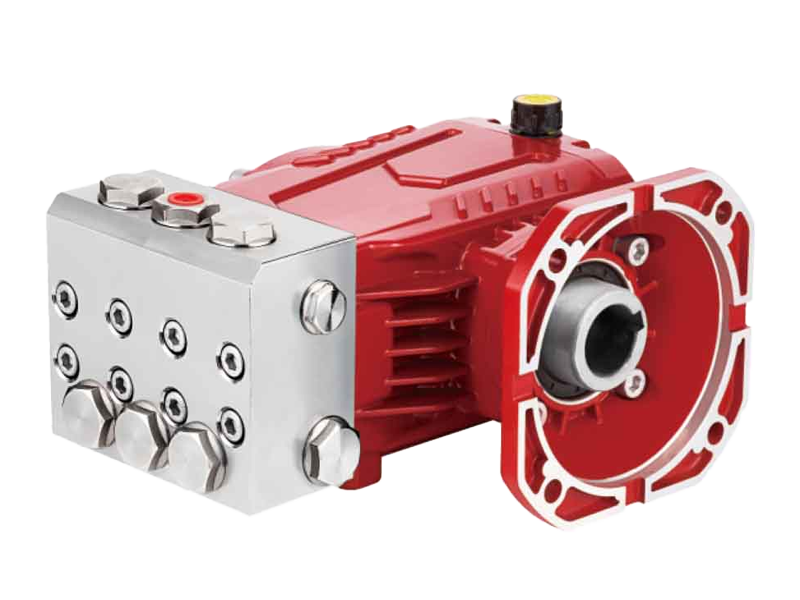
Factors Influencing Flow Stability
Several factors affect the flow stability of a High Pressure Pump. These include the pump’s design, the type of drive system, the control mechanisms employed, and the characteristics of the fluid being pumped. Positive displacement pumps tend to provide more consistent flow rates compared to centrifugal pumps because they move a fixed volume of fluid per cycle. However, even positive displacement pumps may experience flow variations if there are sudden changes in pressure or mechanical issues such as wear and tear.
Impact of Load Variations on Flow Output
Load variations in a pumping system occur due to changes in system pressure, valve positions, or downstream demand. When the load increases, the pump must work harder to maintain the same flow rate. Some High Pressure Pumps have built-in features like pressure compensators or variable speed drives that adjust the motor speed or stroke length to stabilize flow. Without such features, increased load can cause flow rate drops or surges, negatively impacting process control.
Role of Control Systems in Maintaining Stability
Advanced control systems play a vital role in ensuring stable flow output. Modern High Pressure Pumps often integrate sensors and feedback loops that continuously monitor pressure and flow. These data allow controllers to make real-time adjustments to the pump’s operation, compensating for load changes. Variable frequency drives (VFDs) are commonly used to modulate motor speed, enabling the pump to adapt smoothly to fluctuations and maintain a steady flow.
Testing and Monitoring for Flow Consistency
To verify flow stability, manufacturers and end-users conduct performance tests under simulated varying loads. These tests measure flow rate consistency, pressure changes, and response times. Additionally, ongoing monitoring during operation helps detect deviations from expected flow patterns. Early detection of instability allows maintenance or adjustments before system performance is compromised.
Consequences of Unstable Flow Output
Unstable flow from a high-pressure pump can cause significant issues. It may cause inconsistent product quality, inefficient energy use, and increased wear on pump components due to pressure spikes or cavitation. In sensitive processes, such as pharmaceutical manufacturing or precision cleaning, these fluctuations can result in costly rework or safety hazards. Therefore, ensuring a stable flow under different load conditions is critical for process integrity.
Conclusion: Ensuring Reliable and Stable Flow Performance
In conclusion, the flow output stability of a high-pressure pump depends on the pump’s design, control systems, and the ability to adapt to varying loads. Pumps equipped with modern control technologies and variable speed drives generally provide better flow consistency, which is vital for maintaining smooth and efficient operations. Careful selection, testing, and monitoring of the pump system ensure that flow fluctuations are reduced, supporting reliable performance in diverse industrial applications.


 English
English Español
Español русский
русский
